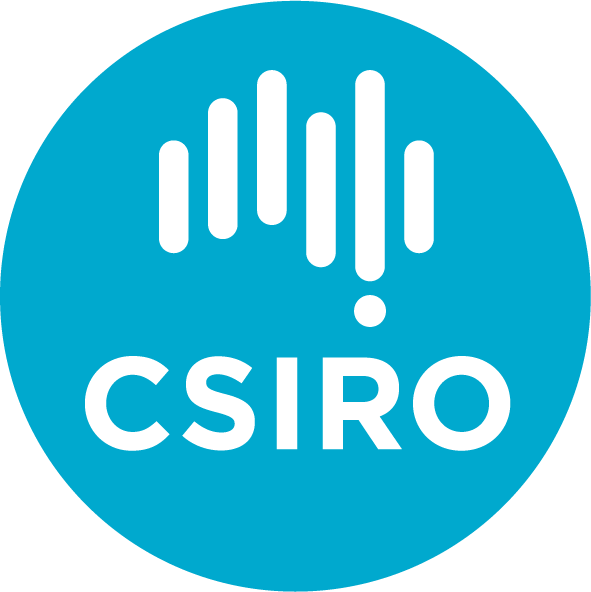Translating from Paper to Tablet
There are some beautiful examples of field notebooks in the archives of national libraries and natural history collections like the notebooks of Giovanni Arduino (Italian Apennine Mountains) or Charles D. Walcott (Grand Canyon). But as much as we may aspire to produce these magnificent works of science and art, the reality for most of us looks much more scrappy.

At a certain scale, recording observations during fieldwork blends into data capture that follows a standardised workflow, which we started delegating to technical service providers. At the time, we were involved in large scale studies on the influence of geology on groundwater chemistry. So, when we found out about FAIMS in 2014, we had already started investigating the development of a mobile app for recording field observations and we had developed the associated forms and workflows.

Translating the paper forms into a FAIMS module was a very quick process that allowed us to iteratively improve this first FAIMS groundwater sampling module in the field for 2015. Our first field test immediately showed the potential for saving time in the field and improving the quality of the data.
In a later fieldwork campaign in 2017 together with the Geological Survey of South Australia, we added pre-printed sample labels sample identifiers printed as QR Codes. The QR Codes could be read into the FAIMS app. This additional optimisation of the sample collection and documentation workflow again helped us save even more time in the field. When considering that we had to use a helicopter to access the sampling sites on this campaign, the time saved immediately translates into significant reductions in cost.

A key lesson from our experience using the FAIMS app was that it is worth thinking about the processes in the field to inform the design of a FAIMS module and to test the process in a trial run before going into the field. We look forward to bringing our 2015 data collection process into the 2022 beta testing of FAIMS3!
For more information on the module see Case Studies.
For more news, subscribe!



